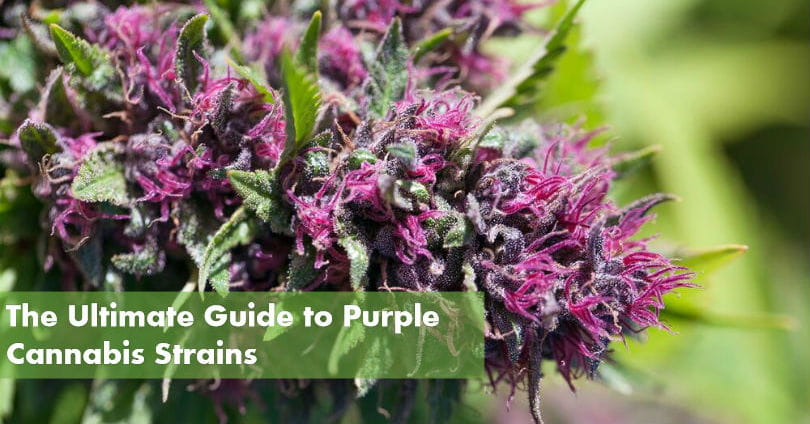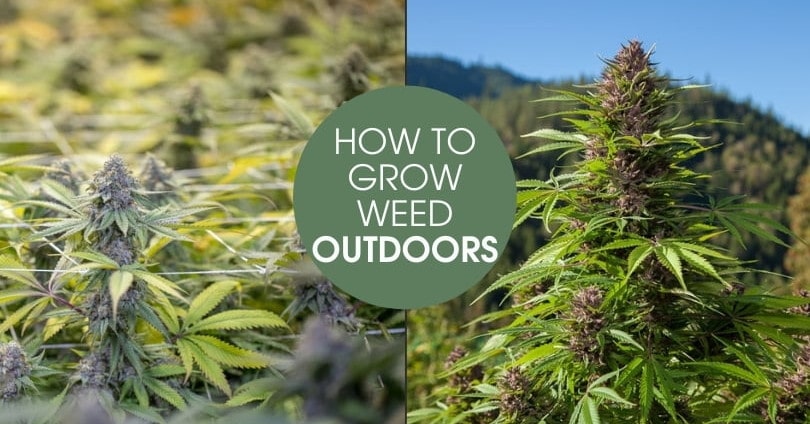 So you decided to grow weed in hydroponics — awesome!
So you decided to grow weed in hydroponics — awesome!
Growing marijuana in hydroponics is incredibly fulfilling because it gives you complete control. Control, however, comes at a price.
To grow connoisseur-grade weed — you need to monitor everything that goes in and out of your marijuana crop. Don’t worry; you won’t need a theoretical mathematics degree, but instead, a handy nutrient meter.
Read along to learn why you need to use a nutrient meter when growing weed in hydroponics. From resolving nutrient problems to controlling your crop, nutrient meters provide cannabis cultivators with the keys to the kingdom of monster yields.
Ready to expand your cannabis cultivation knowledge? Let’s begin!
What Is a Nutrient Meter?
A nutrient meter is a device that measures the content within a liquid, such as plant nutrients.
There are multiple types of nutrient meters, such as:
- TDS/PPM meter (measured in ppm)
- EC meter (measured in μs/cm)
- Combo meter (measured in both μs/cm and ppm)
Although TDS and EC meters measure via different standards, they give you insight into important aspects of your cannabis plant’s health.
If you want to learn more about nutrient meters, head over to Step Two in our Grow Bible, where we cover this topic further.
For now, we’ll discuss the importance of using a nutrient meter while growing weed in hydroponics or soilless media.

There are many different types of nutrient meters on the market.
Q: What Is a Nutrient Meter?
A: A nutrient meter is a device that measures the content within a liquid, such as plant nutrients.
Why You Need to Use a Nutrient Meter
Alright, let’s get down to the veggies.
If you’re growing weed in hydroponics, your primary goal is to yield buckets of bud — plain and simple. Now that our intentions are clear allow us to shill you on why you need a nutrient monitoring device in your arsenal.
Nutrient Meters Allow You to Customize The Feeding Chart
Unlike growing weed in soil, hydroponics allows you to customize the feeding chart.
Do you want to add bloom boosters? Go ahead. Want to add CalMag? Do it. How about silica additives for ultra-thick stems? Be our guest.
However, blindly adding nutrients to your cannabis plants may create unintended consequences. Therefore, you need a nutrient meter to make sense of all of the different nutrients available.
Here’s an example:
Let’s say you want to customize the feeding schedule for a feminized White Widow during week two of flowering.
During week two of flowering, the base PPM or EC is 900-950ppm or 1.9-2.0 EC, respectively. However, you want to add a small dose of bloom booster.
Luckily for you, you can add the proper nutritional content without blowing past the recommended nutrient levels.
If you want to add, let’s say, 200ppm (0.4 EC) of bloom booster, simply measure 700ppm of base nutrient (bloom formula) and add the bloom booster mix until the nutrient meter reads 900ppm or 1.9 EC.
Remember, this is just one example of many. As you continue to learn how to grow weed, you’ll find that using a nutrient meter is an incredibly empowering tool.
Want to learn how to use your nutrient meter to follow a fool-proof nutrient schedule? Head over to our guide — How to Calibrate and Use a Nutrient Meter.

Use your nutrient meter to calculate the perfect feeding chart for your plants so you don’t need to rely on guesswork.
Nutrient Meters Allow You to Diagnose Nutrient-Related Problems
If your cannabis plants become discolored, stunted, or look generally unhealthy — it’s time to bust out the EC or TDS meter.
By monitoring each feeding’s runoff, you can quickly determine if you are giving your marijuana plants too much or too little food. Therefore, it’s always a good idea to note how much nutrient your plants receive per feeding.
Therefore, your EC or TDS meter is an essential tool to spot:
- Nutrient deficiencies
- Nutrient toxicities
- Nutrient lockout
Remember, any time your cannabis plants suffer from a nutrient-related problem, the final yield is negatively impacted. If your goal is to maximize bud production, nutrient monitoring a must.
If you want to learn how to diagnose nutrient-related problems with a nutrient meter, head over to our guide — How to Calibrate and Use a Nutrient Meter.

Avoid nutrient deficiencies and other nutrient related problems like this with a nutrient meter.
Allow You to Test Water Quality
When it comes to mixing nutrients, you need to test the water quality first.
Why?
For starters, water quality is the foundation of the nutrient solution. If you’re growing weed in hydroponics and following a feed chart, you’re focused on PPM and EC values. If your water contains a high EC or PPM value, you’re robbing your plants of necessary nutrients.
In other words, tap water that tests above 400ppm accounts for nearly half of the nutrient content within a 900ppm total mixture.
That can’t be good, right?
Right! You don’t know what’s inside that water, especially 400ppm worth. Therefore, using a nutrient meter to test your water supply is a no-brainer.
Want to learn how to test your water with a nutrient meter? Head over to our guide — How to Calibrate and Use a Nutrient Meter.
Once you learn how to use a nutrient meter, you’ll never use high PPM or EC water ever again.
Nutrient Meters are Easy to Use
Last but not least is the fact that nutrient monitors, such as EC or TDS meters, are incredibly easy-to-use.
So, you’re telling me that I can monitor nutrient levels with a click of a button?
Yes! All you need to do is turn the nutrient pen “on” and dip it into a nutrient solution. There are a few technical aspects that you must learn before you begin.
From calibration to using your nutrient meter, read our guide on How to Calibrate and Use a Nutrient Meter. Once you’re done reading, you’ll be ready to push your cannabis crop to the limit — and beyond.



